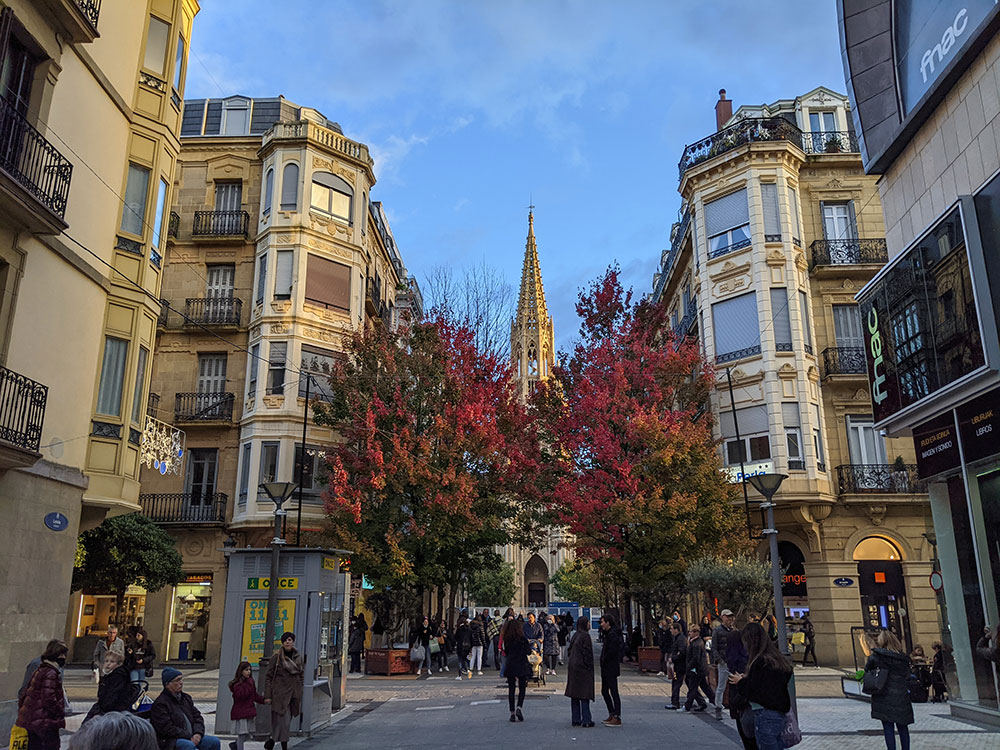If you’re thinking of a trip to San Sebastian, there are a few things worth knowing about the city before you start planning.
But once you’re committed to making the trip over, the first thing you need to decide is when you’re going to come.
Each season and month has its own pros and cons. Whether it’s the weather or the events going on in the city, there’s plenty to consider.
But don’t worry, we’ve got you covered. In this guide, we’ll run you through the process to determine when the best time is to visit Donostia for you.
Some quick things to know about the best time to visit San Sebastian
Picking the best time of year to visit Donostia requires weighing up the pros and cons of each month. However there are some quick things worth knowing below.
1. The weather
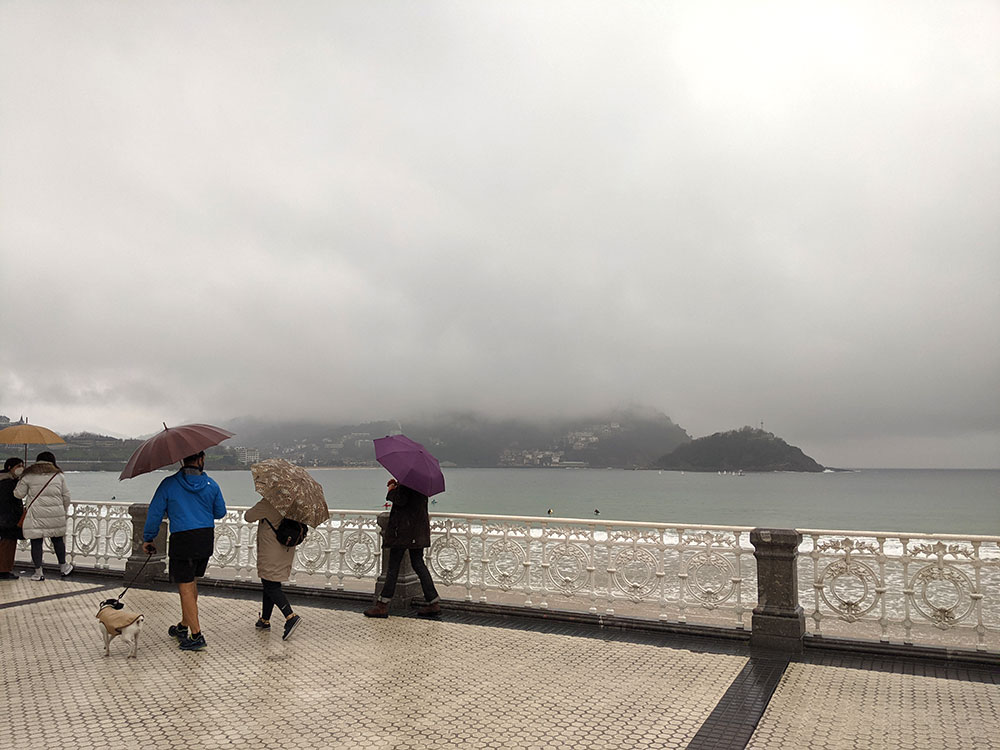
Probably the key deciding factor in when to visit San Sebastian for most is the weather.
I’m not going to lie, the Basque Country isn’t like the south of Spain. The climate is a lot cooler here than the likes of the Costa del Sol and the Costa Brava.
That being said, in the height of summer when the rest of Spain can be suffering from heat waves, the north coast of Spain is usually hovering around a pleasant 25 degrees.
But it can also rain. A lot.
The beautiful green landscape isn’t here by mistake. It requires a lot of rainfall, and we receive it. The good thing is, you can usually plan to visit in months when the rainfall is typically less.
This does come with one caveat. The weather in the Basque Country is rather unpredictable. If the weather is an important factor for you, hedge your bets by picking a time of year with less rainfall, but whenever you come, pack a raincoat just in case.
2. Events in the city
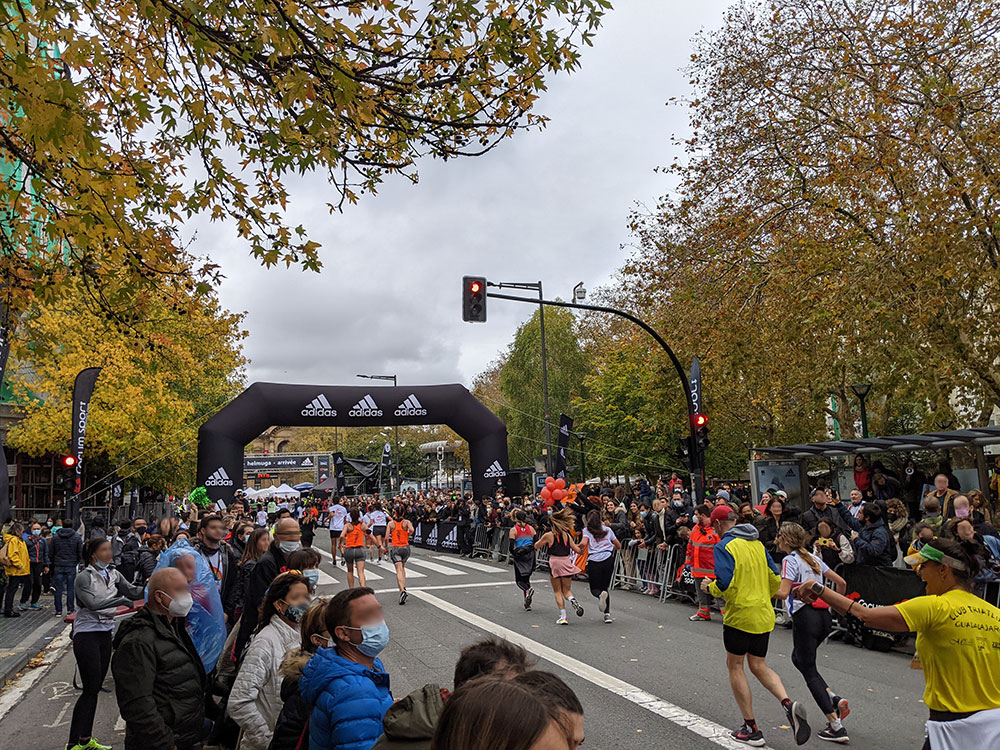
San Sebastian is a vibrant city with a lot goin on. The Basque Country also has a lot of traditions, so it feels like there’s always some sort of festival happening in the streets.
Before deciding when to come, check the events that are going on (see our guide by month below). If you can time your trip with one of the numerous events that peak your interest, then it’s win-win.
Be aware though. Some of the popular events like Semana Grande can lead to accommodation being at a premium.
3. Peak season prices
Donsotia is a popular tourist destination. There’s also a community of people that spend the summers here. With that comes a high demand for accommodation during the summer months.
The city is already one of the most expensive cities in Spain, so if you’re expecting prices such as in Benidorm and other parts of Spain, then you’re not going to find them here.
If you’re coming in the height of summer, be prepared to pay top dollar for accommodation. It also depends what you’re comparing the prices to. The city’s accommodation is probably more comparable to prices in the UK and US.
The seasons in San Sebastian
The section below gives you an idea of the weather in San Sebastian during each of the seasons.
| Month | High (°C/°F) | Low (°C/°F) | Rain Days |
| January | 12 / 54 | 7 / 45 | 13 days |
| February | 13 / 55 | 7 / 45 | 12 days |
| March | 14 / 57 | 8 / 46 | 12 days |
| April | 16 / 61 | 9 / 48 | 13 days |
| May | 18 / 64 | 12 / 54 | 12 days |
| June | 21 / 70 | 15 / 59 | 10 days |
| July | 23 / 73 | 17 / 63 | 9 days |
| August | 24 / 75 | 17 / 63 | 10 days |
| September | 22 / 72 | 16 / 61 | 9 days |
| October | 20 / 68 | 13 / 55 | 10 days |
| November | 15 / 59 | 10 / 50 | 12 days |
| December | 13 / 55 | 8 / 46 | 12 days |
The best time of the year to visit San Sebastian – month by month
One of the best ways to help you decide what time of year to come is to run through the pros and cons of each month. In the section below, we do just that!
January
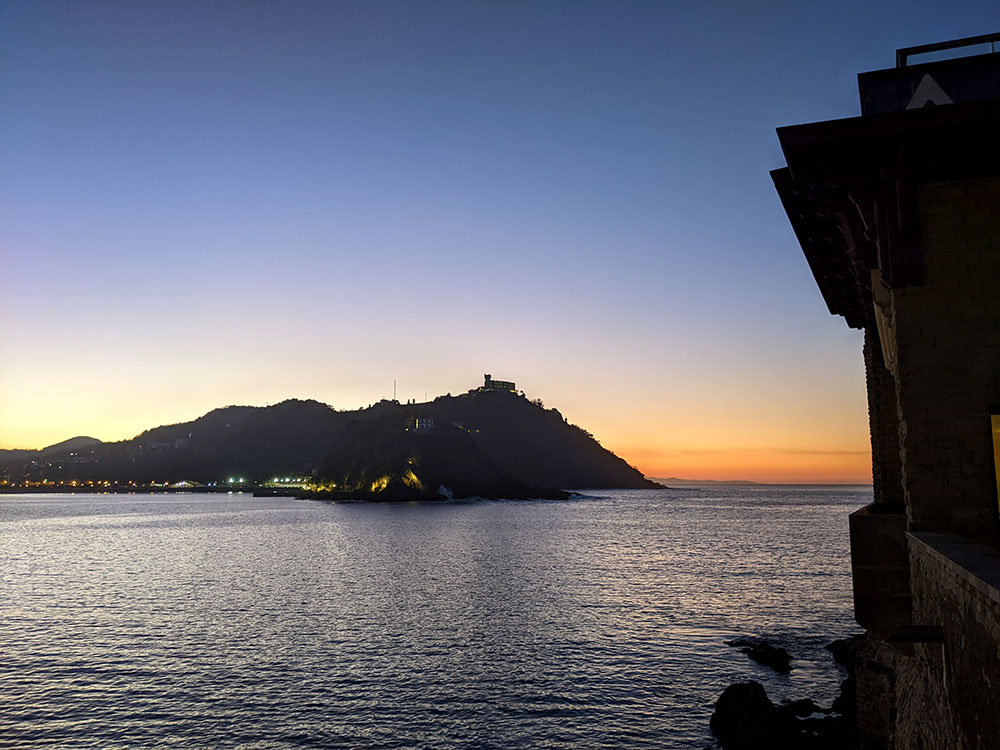
If the weather is your deciding factor, then perhaps visiting San Sebastian in January isn’t for you. The temperature hovers around 12 degrees, with statistically the most days of rain within any month.
Advantages
- La Tamborrada – the biggest festival in Donostia’s calendar takes place every year on the 20th January. 24hours of partying in the street and playing drums will give you a unique perspective of the city.
- Three Kings’ Parade – Los Reyes Magos (the three kings) arrive in San Sebastian on the 5th January to deliver Christmas gifts and parade around the city.
Disadvantages
- The weather – cold and wet
- Short days – The sun rises at 08:30 and sets at 18:10
February
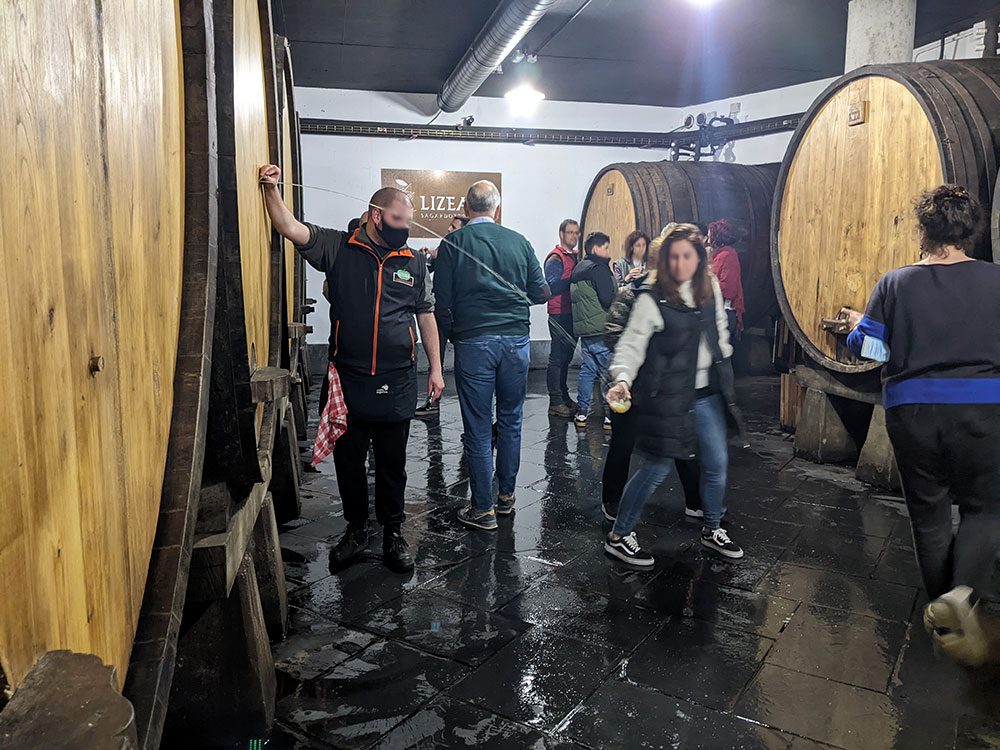
Whilst the days start to get a little longer and the temperature starts to warm up, February is still in winter and nothing can be taken for granted. The average high is around 13 degrees, with lows of 7 degrees.
Advantages
- Sidrerias (Cider Houses) – During February, the sidreria season is in full flow. It’s one of the best times of the year to visit the cider houses
Disadvantages
- The weather – Still very temperamental and unpredictable
- Short days – The sun rises at 08:10 and sets at 18:30
March
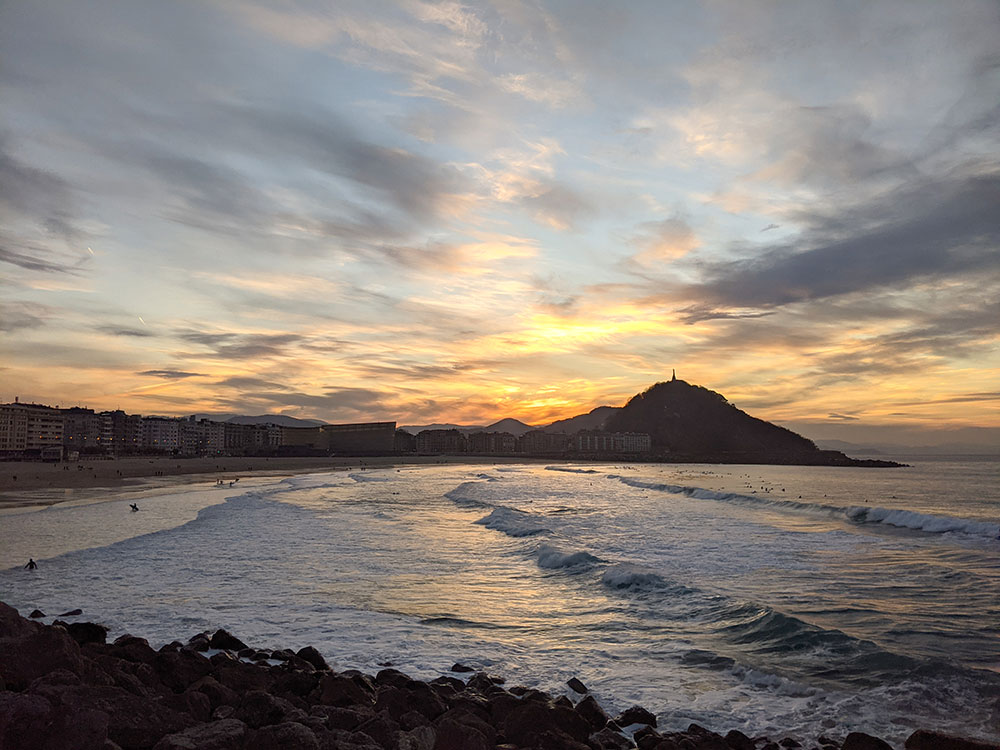
March officially welcomes the start of spring and the signs of better weather. It’s not perfect, and certainly still not warm, but you can be blessed with a surprise weekend of really nice weather. Temperatures are still around highs of 14 degrees and lows of 8 degrees.
Advantages
- Cheap Accommodation – March sees some of the lowest prices for accommodation so makes it a good time to visit San Sebastian if you’re on a tighter budget
- Surfing – For keen surfers, the swell in March are some of the strongest leading to consistent waves
Disadvantages
- The weather – Still fairly cold, but dryer days are on the horizon and you can be blessed with spring weather
- Shortish days – Before the clocks go forward, sunrise is at 07:00 and sunset is at 19:30. Once the clocks go forward, it’s light until 20:30!
April
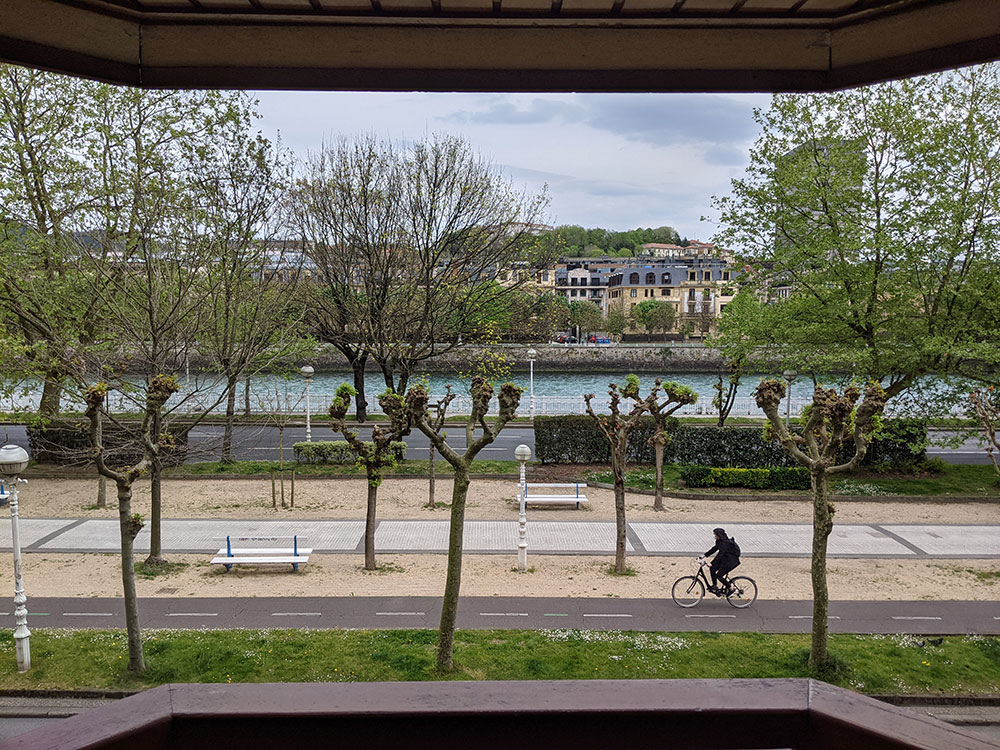
En Abril, aguas mil (In April, it rains a lot) – or so saying goes. Whilst the temperature warms up to highs of 16 degrees, there’s statistically more rain in April than February and March.
Advantages
- Cheap Accommodation – April still sees lower prices for accommodation
- Longer days – sun rise at 07:30 and sunset at 20:50
- Surfing – The sea is a little warmer and the surf is still good. If you’re in the sea, it doesn’t matter if it rains a little!
Disadvantages
- The weather – Alongside January, April is the month where is statistically rains the most in the year. But don’t worry, there are still plenty of things to do when it rains
- Easter – Easter weekend can get quite busy in Donostia and accommodation can be more difficult to come by
May
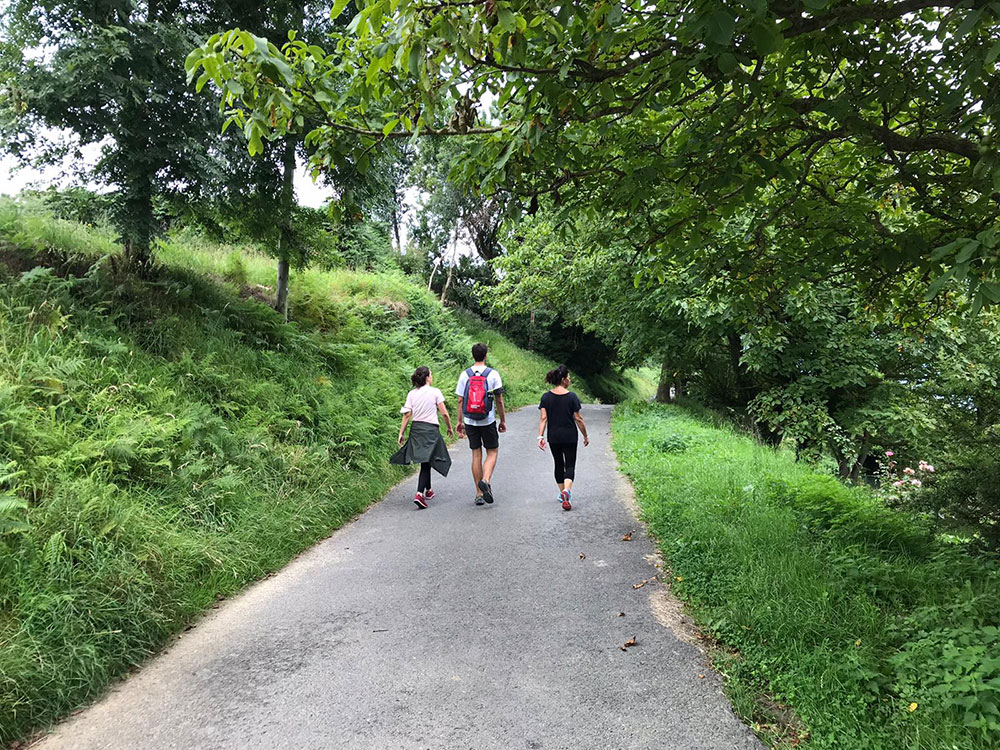
May is a great time to visit San Sebastian. The days are longer and warmer and the city isn’t as busy as it gets in the height of the summer season.
Advantages
- Weather – the weather starts to pick up in May with highs of 18 degrees and lows of 12 degrees
- Longer days – sun rise at 06:45 and sunset at 21:30
- Summer buzz – with the longer warmer days comes a great atmosphere in the city. You can enjoy the beer and cafe terraces without having to think about being cold. On a nice day, you can even go to the beach
- Hiking – if you enjoy a bit of hiking, May is probably the best month as it’s a little drier and not too hot
Disadvantages
- Weather – both a pro and a con. Although the weather is getting better it’s still a bit of luck of the draw
June
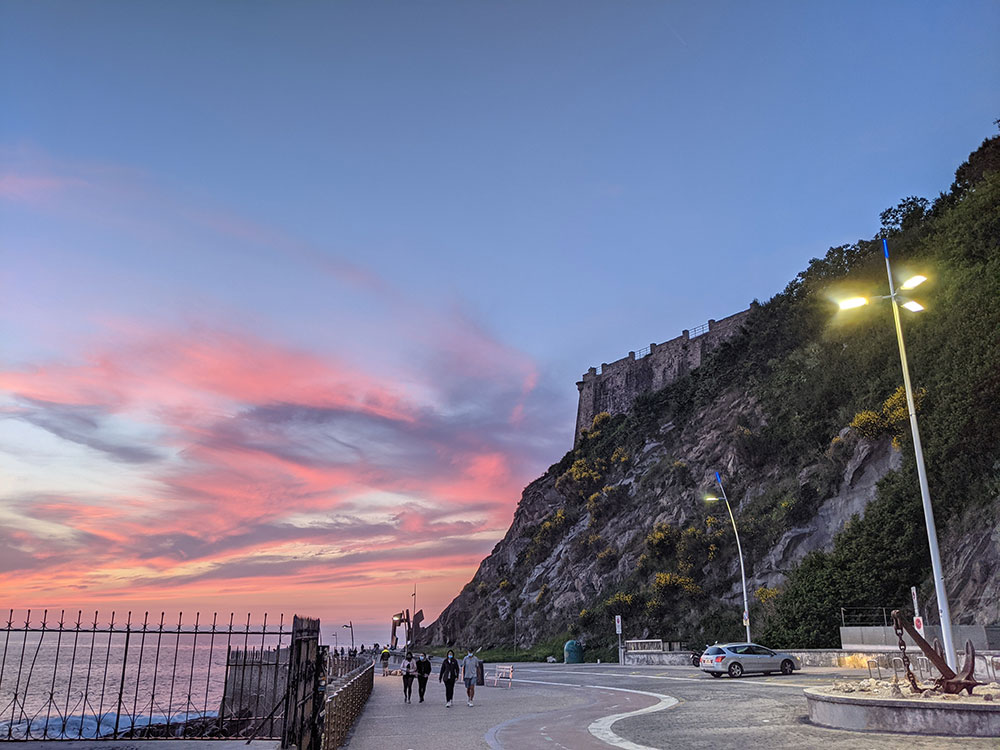
June officially marks the start of summer and with that the peak tourist season starts. It’s also the start of the really good weather in San Sebastian with highs of 21 degrees and lows of 15.
Advantages
- Weather – The summer weather is very pleasant. It statistically rains less (10 days)
- Long days – the sun rises at 06:30 and sunset at 21:50
- Summer buzz – The beaches, outdoor dining and cafes create a buzz in the city
Disadvantages
- School Holidays – From mid June, lots of the school, colleges and universities in Spain will start to break up for summer. This means more people start to travel and places start to become a bit more crowded
- Prices – with the increase in demand comes an increase in prices. Accommodation and flights will start to go up to their peak prices towards the end of June
July

In July, summer is in full flow in San Sebastian. Lots of sporting and cultural events start to take place making it a good time to come and visit too.
Advantages
- Weather – One of the best months for weather with highs of 23 degrees and lows of 17
- Long days – the sun rises at 06:40 and sunset at 21:45
- Regatta – Usually taking place at the start of the month, the Regatta features two races, one from Hendaye to San Sebastain and another in the La Concha Bay
- San Sebastian Classica – One of the most important one day cycling races on the calendar that races around Gipuzkoa and finishes in the centre of Donostia
- Jazzaldia (Jazz Festival) – One of Europe’s biggest jazz festivals comes to San Sebastian at the end of July with big street performances and concerts on the beach
Disadvantages
- Crowds – In July, alongside the Spanish schools, most of the French and other European schools have closed bringing big crowds
- Prices – Accommodation and flights are at peak prices, particularly on the weekends of the Jazz festival, Regatta and Classica
August
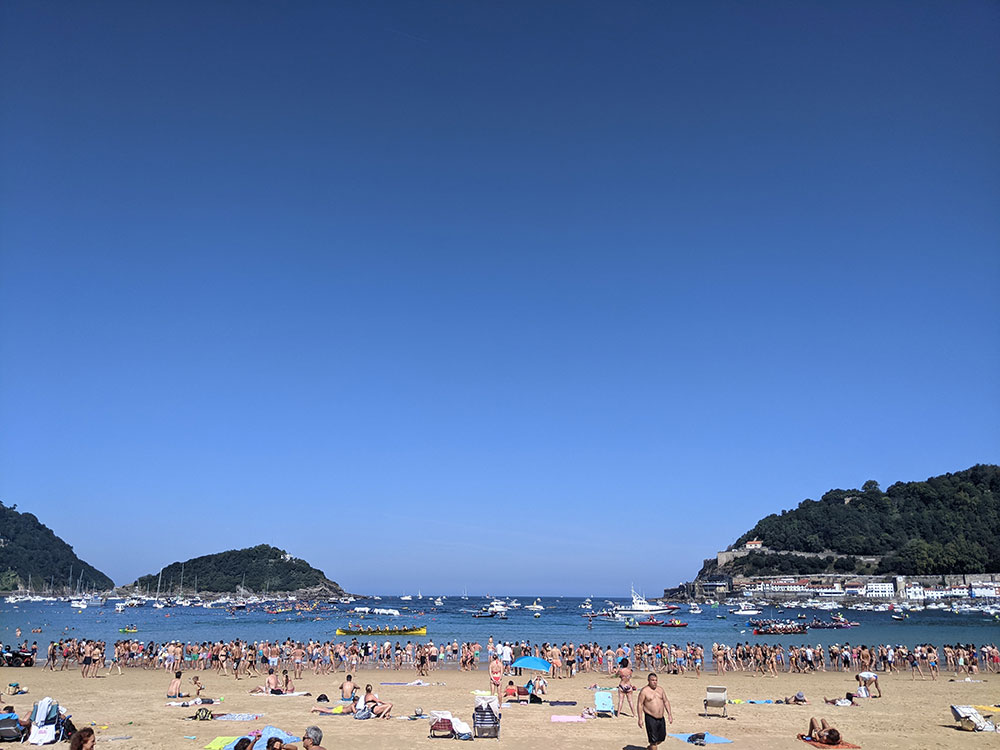
The busiest month in San Sebastian. It’s the best time of year for good weather, but expect to pay a premium for hotels.
Advantages
- Weather – The best month for weather with highs of 24 degrees and lows of 17
- Long days – the sun rises at 07:10 and sunset at 21:10
- Semana Grande – Taking place each year on the week that marks the Virgin’s Day (15th August). The city is buzzing with concerts, fireworks, sports competitions and gastronomy events
- Beaches – the best time of the year to experience all of San Sebastian’s beaches
Disadvantages
- Crowds – the busiest time of the year
- Prices – Expect accommodation and flights at peak prices
September

Alongside May, September is one of the best months to visit San Sebastian in my opinion. The kids have gone back to school, so the city isn’t quite as crowded and there’s still plenty going on to keep you occupied.
Advantages
- Weather – September still sees good weather with highs of 22 degrees and lows of 16
- Longer days – there’s still plenty of light to enjoy the day with sun rise at 07:50 and sunset at 20:20
- Bandera de la Concha – Another regatta in on La Concha with the final rounds of the contest taking place on the first two Sundays of the month
- International Film Festival – For one week, San Sebastian becomes the centre of the world of cinema. Many famous stars visit the city and there are exhibitions and regular film screenings for a couple of weeks
Disadvantages
- Crowds – September is certainly less busy than August and July, but it can still get busy around the Regatta and Film Festival
- Prices – With many people coming to San Sebastian for the events, hotels and still in high demand
October
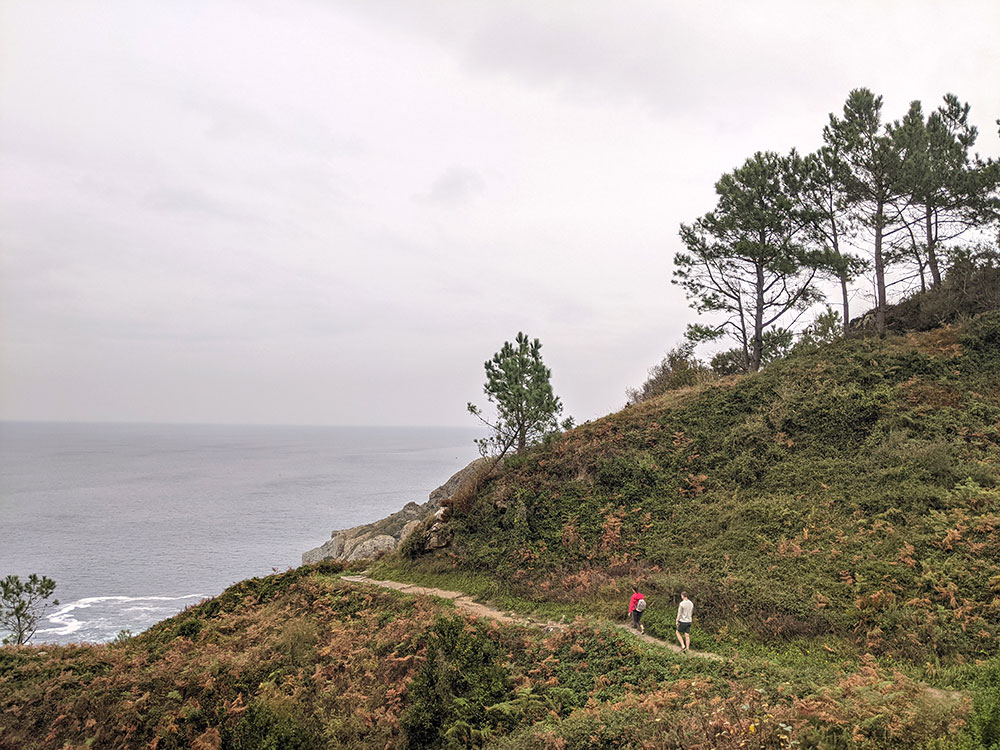
October is really a month of two halves for me in Donostia. At the start of the month, you can still expect some decent weather and longer days, but towards the end of the month, closer to November the colder weather comes in and the days get shorter.
Advantages
- Weather – at the start of the month, you can still expect the weather to be fairly decent with highs of 20 degrees and lows of 13. Statistically it doesn’t rain too much in October either (10 days)
- Hiking – The Basque Country turns from a green landscape to an autumnal one in October with spectacular colours and views
- Crowds – all the summer crowds and International film festival crowds have left the city for you
- Prices – the lower demand means the hotel and flight prices start to decrease
Disadvantages
- Weather – Towards the end of the month it can start to get a little colder. If you’re just coming for a weekend in the second half of October, you’re hedging your bets for good weather, it’s really 50/50.
November
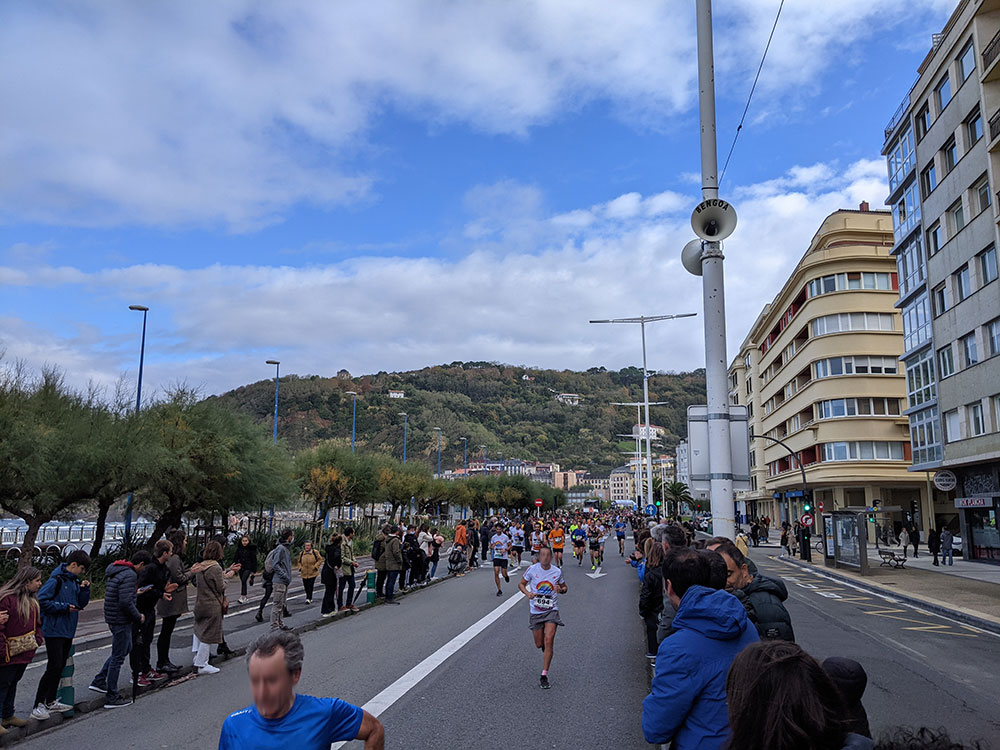
It’s not officially winter, but it’s starting to feel like it. The temperature drops a whole 5 degrees on average from October to November with highs around 15 degrees and lows of 10.
Advantages
- Crowds – You’re not going to encounter too many tourists during November. You won’t have any issues getting in at any restaurants or hotels that you have your eye on
- Prices – the lower demand means the hotel and flight prices should be at their lowest
- Behobia – San Sebastian – One of the biggest events in the San Sebastian calendar with over 25,000 runners coming from all over to take place in the race from Behobia to San Sebastian
Disadvantages
- Weather – November marks the start of the cooler weather. The wetter weather also starts with 12 rain days in the month
- Short days – sunrise is at 08:00 and sunset at 17:40
December
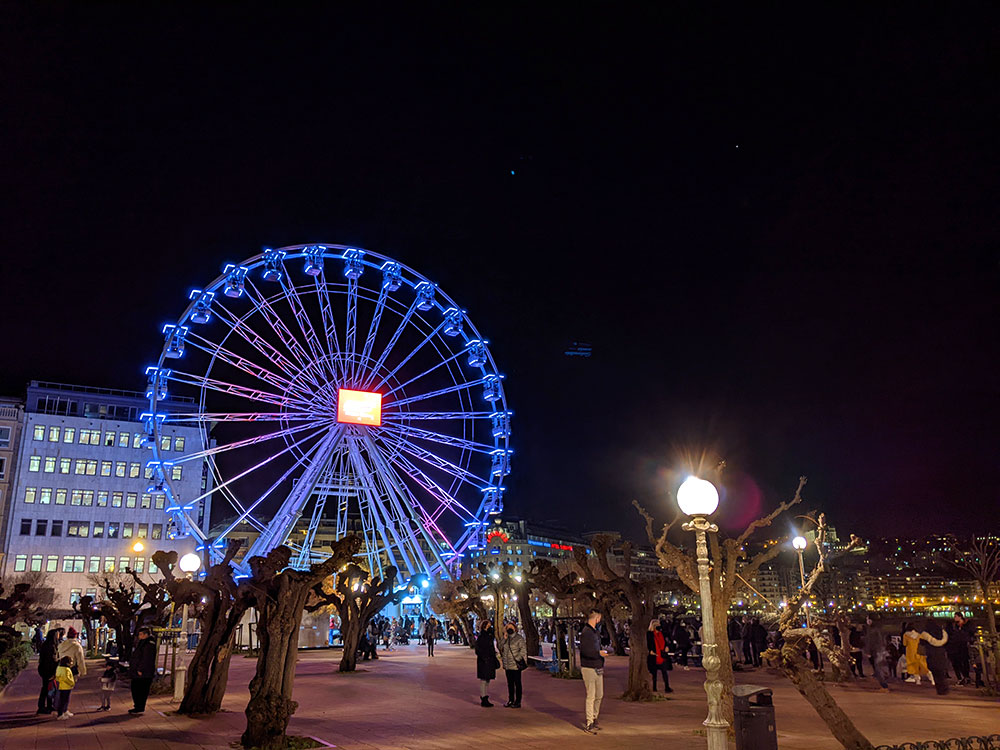
December sees the start of the Christmas festivities in Donostia. Being on the coast also means that the temperature doesn’t drop quite as much as some other European cities, with fairly mild weather.
Advantages
- Crowds – Low season in San Sebastian
- Prices – Hotel and flight prices should be at their lowest outside of the Christmas week
- Christmas Markets – the stalls set up around the city on the 1st December and stay until the 7th January
- St Thomas Day – Taking place on the 21st December each year, the St Thomas Fair gives you the opportunity to try local artisan products with food stalls set up across the city
- Olentzero – Olentzero is the Basque Santa Claus, a legend dating back to the 17 century. He comes to San Sebastian on the 24th December to deliver gifts
Disadvantages
- Weather – Cooler weather with highs of 13 degrees and lows of 8 degrees
- Short days – the shortest days of the year with the sun rising at 08:35, setting at 17:35
